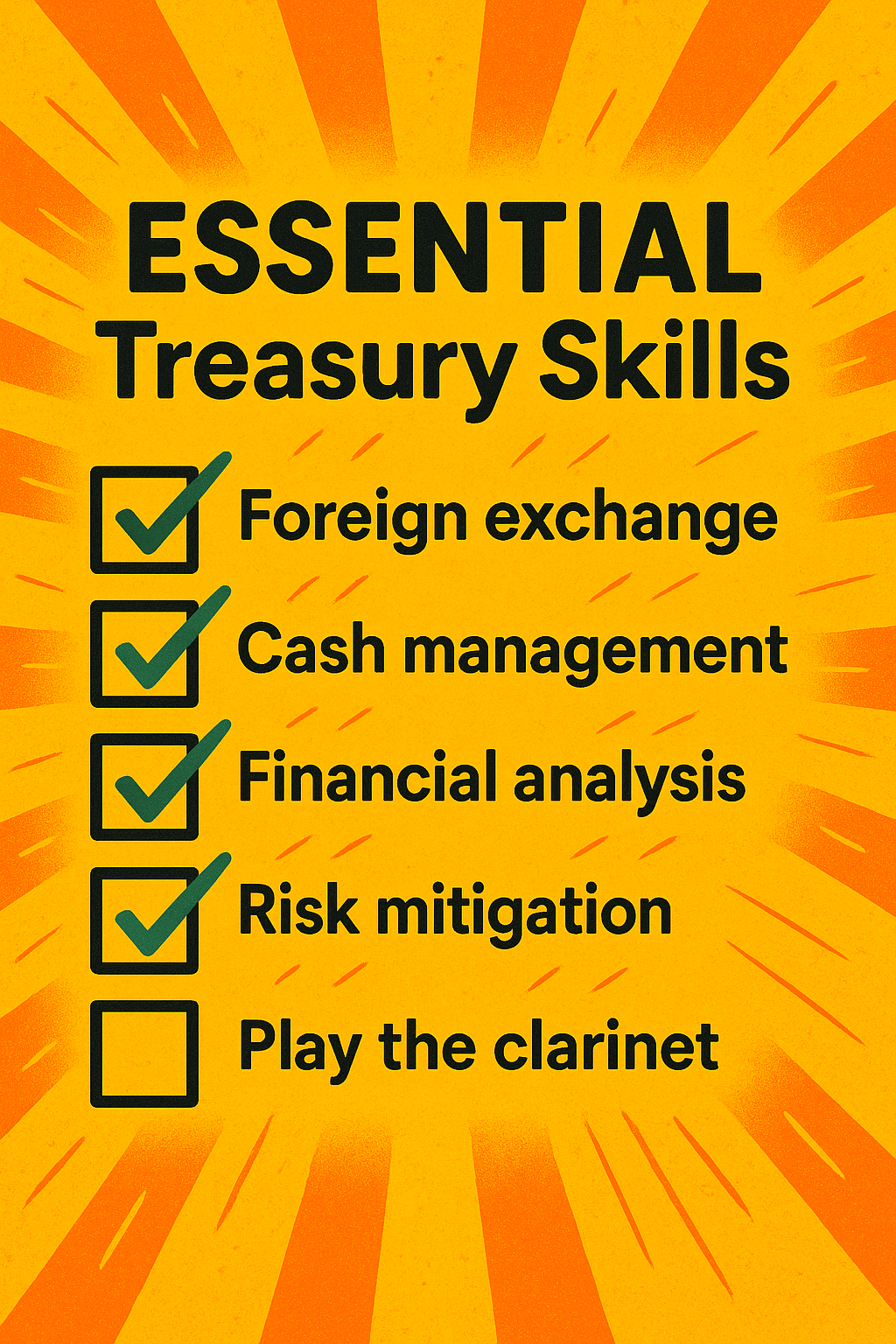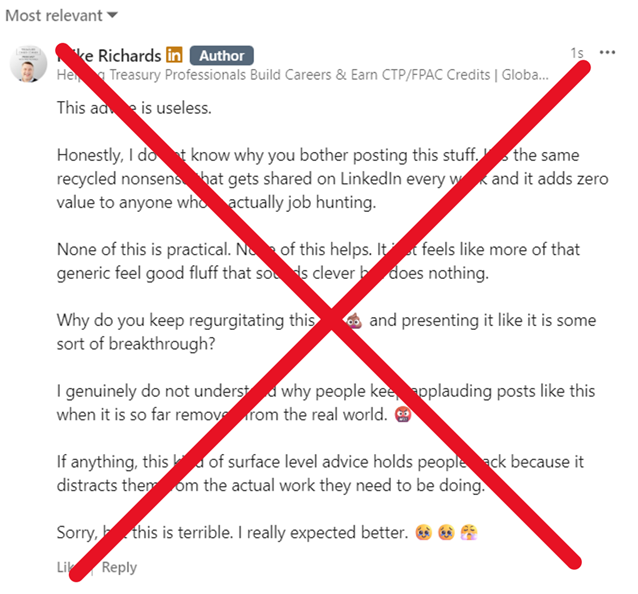I was interviewed by the brilliant Hussam Ali and Guillaume Jouvencel from Corporate Treasury 101 Podcast as part of their 4-episode feature series where we explore the different levels of Treasury.
Below, you can read a few featured snippets from episode 2 of the series where we discuss the front, middle and back office functions, and what it takes to be a great Treasury Manager.
Want to listen to the full episode? Head to our Treasury Podcast, The Treasury Career Corner and hit the play button!
On the subject of front, middle and back office. If my understanding is correct, front office roles are more in contact with the external world, such as the banks and executing the deals.
Middle office is about making sure the risks are taken care of, and back office is more the background work, right?
Mike Richards:
And in the middle office, you’ll have more bank relationship management. Some of that will come to front office as well.
But in fact, when you are doing treasury management systems, for instance, that might be more of a middle office type thing, because you’re looking at efficiency, processing, what you require to implement a new treasury management system etc.
Often a treasury team may not have the bandwidth to manage all tasks across front, middle, and back office, so you may need a Treasury Analyst or Treasury Dealer or Treasury Systems Consultant, and they will be a good conduit between those things and a good link between front, back and middle office.
Do you have any examples from your recent interviews on your podcast of people that have had front, middle and back-office roles?
Mike Richards:
We placed Chris McConnachie with National Grid and he has a really interesting career history, moving from the UK over to the US. He’s been with National Grid for a number of years, and he’s now the CFO for them in New York.
Chris is a great guy. He was at Northern Rock in Newcastle, close to the Scottish borders on their Treasury Graduate Programme. He was then a Consultant at PWC for a period of time.
He then moved to National Grid and was Assistant Manager, Treasury – Money Markets doing their front FX. Then he became Treasury Manager – Capital Markets/Corporate Banking, then Treasury Manager doing the TMS implementation. He was then made VP overseeing US Treasury with a wider remit before taking on other VP roles and eventually becoming CFO in May 2021.
So, you can see how treasury became a springboard for him.
He has an MSc in Economics from the University of Edinburgh and then went on to complete his ACT studies between 2008 – 2010 whilst working at National Grid.
So, Chris went through a number of different areas, more front office and middle office focussed but he did both. He did asset management at PWC as well, so he’s a notable example of someone that has worked across multiple disciplines and been highly successful.
You touched upon how to enable the company strategy, but how do you influence it as a manager?
Mike Richards:
Manage up and down.
If you are a manager, ask the people below you how you are performing as a manager.
And ask them what they want. All the best managers achieve success with and through their staff. If you try and do it all yourself, you never really get there. But if you can support what they’re doing, and how they are progressing, then you’ll achieve success.
By the very same token, if you don’t share the same mindset as your boss or you’re not getting the support you deserve, then you should probably give us a call at The Treasury Recruitment Company.
I’ve said it previously. People don’t leave jobs because of money necessarily. It’s usually more about other career factors such as having a good boss or manager, decent work life balance, a friendly team, and whether your achievements are being recognised.
Those are the key things, but actually you’ve got to share that vision with your boss too.
There are some roles, especially management roles in most corporations where you have to have done the Analyst job and the legwork first to be able to then manage people.
Is that how it works for a Treasury Manager? Do you have to have been an Analyst or an Assistant first or do you see Treasury Managers coming in through accounting, finance, and other parts of the business?
Mike Richards:
I do see them coming in from accounting and slotting in quite well. Where some of them struggle is if they don’t have any management expertise.
In that case, they are suddenly thrust in there to manage a team of 2, 3, 4 Accountants, plus someone in the back office and asked to mentor them as well.
And they’re like, “oh, I’ve never managed anyone before.”
So, give them some training…
It’s also really good if you understand what a Treasury Analyst actually does because you’ve done that job previously. That really does help you because you know the pressures that they can be faced with, and you’ve been there and done it.
The key thing is that the job keeps evolving. Having done it previously is a pro but having not done it could also mean that you can come in with fresh ideas.
You can ask the questions like, “Why have you guys always done it like this, it losing you money, or it’s broken? “
You can say, “By the way, if we implement this system or treasury technology, this is how much it will save you”.
[episode id=”223″]


